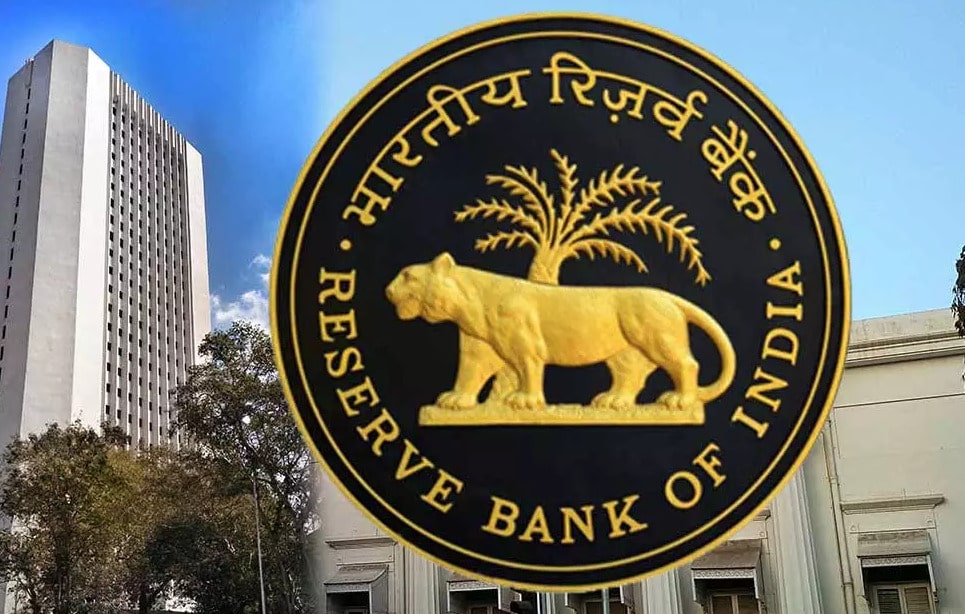
In a development that is likely to have implications for the Indian economy, the 10-year gilt yield has decreased to its lowest level in 10 months. The yield on the benchmark 10-year government bond, which is a key indicator of the country’s borrowing costs, fell to 5.96% on Thursday, its lowest level since June 2021.
The decline in yields comes on the back of a number of factors, including the Reserve Bank of India’s (RBI) recent decision to keep interest rates unchanged and its announcement of additional liquidity support measures for the banking system.
The RBI’s decision to hold rates steady at its February policy meeting was widely expected, given the current state of the economy. India’s gross domestic product (GDP) contracted by 7.7% in the fiscal year 2020-21, as the country struggled to contain the Covid-19 pandemic and its economic fallout.
However, the central bank’s decision to provide additional liquidity support measures, including a second tranche of its targeted long-term repo operations (TLTRO) and a special liquidity facility for mutual funds, was seen as a positive development for the bond market.
“The RBI’s liquidity measures have helped to ease concerns about the banking sector’s ability to cope with the fallout from the pandemic, which has in turn boosted investor sentiment towards government bonds,” said Shashank Mendiratta, economist.
He added that the decline in yields could also be attributed to the global environment, with the US Federal Reserve signaling a dovish stance on interest rates and inflation.
“The global backdrop is also supportive for bond markets, with the Fed expected to keep rates low for an extended period and inflation expected to remain subdued,” he said.
The decline in yields is likely to have implications for the Indian economy, particularly in terms of borrowing costs. Lower yields make it cheaper for the government to borrow money, which could help to support spending on infrastructure and social welfare programs.
However, some experts cautioned that the decline in yields could also reflect concerns about the economy’s growth prospects, particularly in light of the recent surge in Covid-19 cases in several parts of the country.
“The decline in yields is not necessarily a positive development for the economy, as it could reflect concerns about growth and the sustainability of the government’s fiscal position,” said Rahul Bajoria, economist at Barclays.
He added that the RBI’s recent policy measures were unlikely to provide a sustained boost to the economy, given the challenges posed by the pandemic and structural issues in the financial sector.
“The economy is facing a number of headwinds, including the ongoing pandemic, weak demand, and structural issues in the financial sector. These challenges cannot be solved by liquidity measures alone, and will require a more comprehensive approach to reform and policy action,” he said.
Despite these concerns, some experts remained optimistic about the outlook for the bond market, pointing to the government’s commitment to fiscal consolidation and the potential for further policy support.
“The decline in yields is a positive development for the bond market, as it reflects confidence in the government’s fiscal position and its commitment to reform,” said Gaurav Kapur, chief economist at IndusInd Bank.
He added that the recent decline in yields could pave the way for further rate cuts by the RBI, which would provide additional support to the economy.
“The RBI has room to cut rates further, and could do so if the economic outlook remains weak. This would provide a further boost to investor sentiment and help to stimulate growth,” he said.
Overall, the decline in yields on 10-year government bonds is likely to have significant implications for the Indian economy, particularly in terms of borrowing costs and investor sentiment. While some experts remain cautious about the economy’s growth prospects, others are optimistic about the potential for further policy support and reform measures to pick up the slack. In any case, it is clear that careful monitoring of the movements of these yields will be a key part of understanding and responding to what lies ahead in the coming months.
Read More on RBI








